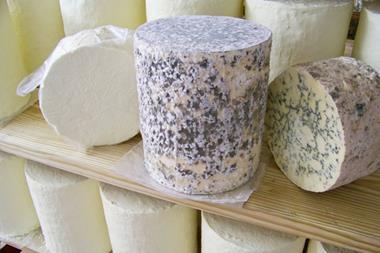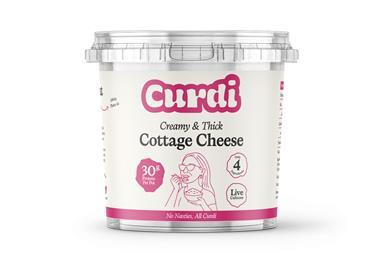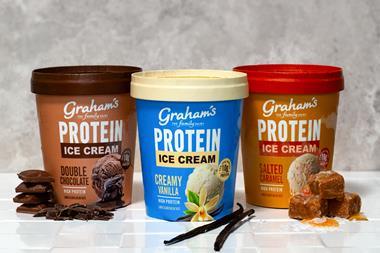A return to the original Stilton recipe or an unacceptable safety risk? That is the question Defra will be grappling with over coming months, as it consults on whether Stilton should be allowed to be made with raw instead of pasteurised milk.
Stilton is protected under an EU PDO, which sets out where and how it can be made. This states pasteurised milk has to be used, but Stichelton Dairy, which makes a Stilton-style cheese with raw milk, wants this changed to allow unpasteurised milk, as Stilton was originally made with raw milk.
Its request is being opposed by the Stilton Cheesemakers’ Association, which is concerned raw milk use could increase the risk of pathogenic contamination, including listeria. “It’s an irrefutable fact that Stilton used to be made with raw milk, but hygiene practices have moved on,” said secretary Nigel White.
A food poisoning outbreak could seriously damage the Stilton brand, White warned. However, Clare Cheney, secretary of the Specialist Cheesemakers Association, said it was debatable whether PDOs should cover food safety - which was controlled by legislation and good manufacturing procedures - or should purely about cover quality and provenance. “This is an extremely sensitive issue,” she said.
Stichelton said while there was additional risk with raw milk, “there is a proven track record for the safety of raw milk cheeses produced from a single, carefully monitored milk supply”.
Stichelton’s move comes as The Original Cheese company has applied to widen the geographical scope of the PDO to allow Stilton to be made in the Cambridgeshire village of Stilton, which it claims is where Stilton was first made. Intention to comment on the consultation must be registered with Defra by 29 May, with full comments due by 31 July.
Sign in to comment on this article
Not logged in before? Register for FREE guest access today.
You will be able to:
- Read more stories
- Receive daily newsletters
- Comment on stories
Advert



















4 Readers' comments